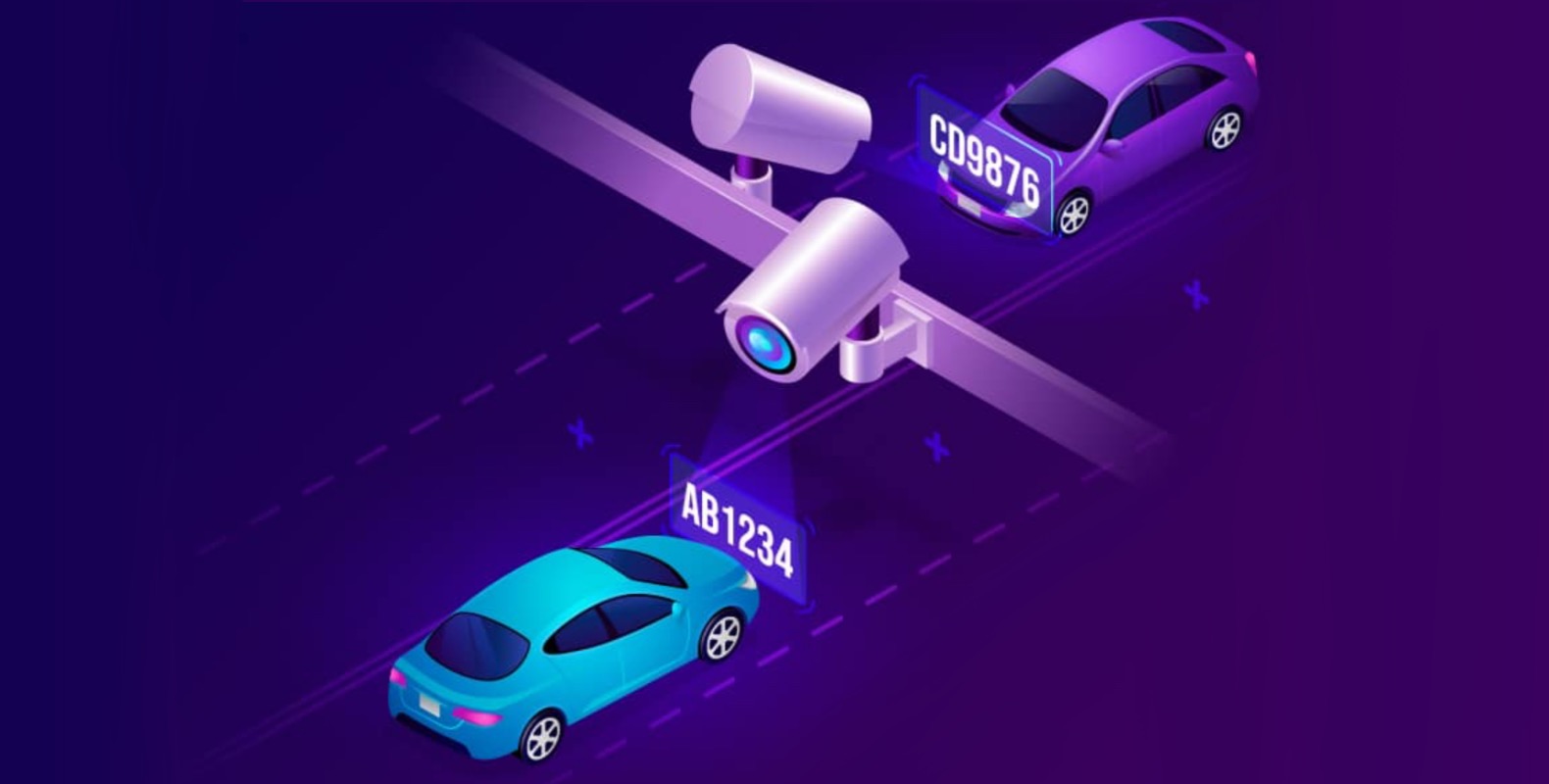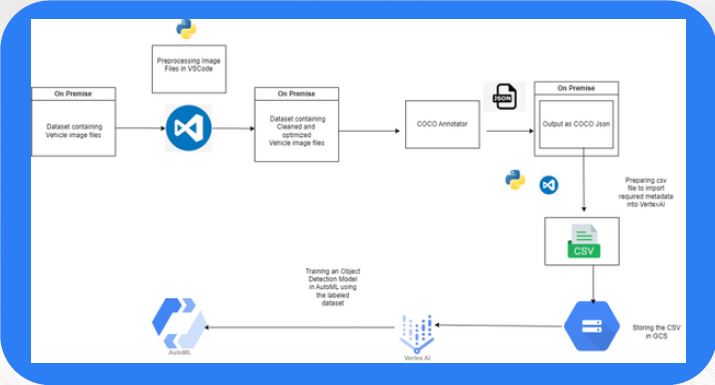Enhancing Law Enforcement with Vehicle Number Plate Detection in Surveillance Footage
motivitylabs
July 28, 2023
Enhancing Law Enforcement with Vehicle Number Plate Detection in Surveillance Footage


The police department needs an efficient solution to annotate license plates from surveillance footage accurately. Accurate annotation is vital for identifying traffic rule violators, hit-and-run vehicles, and other criminals. By developing an accurate annotator, the department aims to streamline the labeling process, ensuring effective law enforcement, improved public safety, and enhanced crime investigations.
Data Collection: Collect a dataset of license plate images from video taking it as frames and images. Include variations in lighting conditions, and different camera angles to ensure robustness.
Data Pre-processing: Cleaning the collected data by resizing images for consistent and high-quality input for the annotation system.
Data Labeling and Annotation: Manually labeling and annotating the license plate regions in the images to ensure accurate identification.
Data Cleaning: Perform cleaning operations on the CSV data, such as removing duplicates, handling missing values, and correcting data types.

Model Training: Utilize the annotated license plate data to train a machine-learning model for license plate detection.
Model Evaluation: Evaluate the trained model’s performance using appropriate metrics such as precision, recall, and mean average precision (mAP).
Testing and Validation: Perform thorough testing and validation of the deployed model using a separate test dataset.
